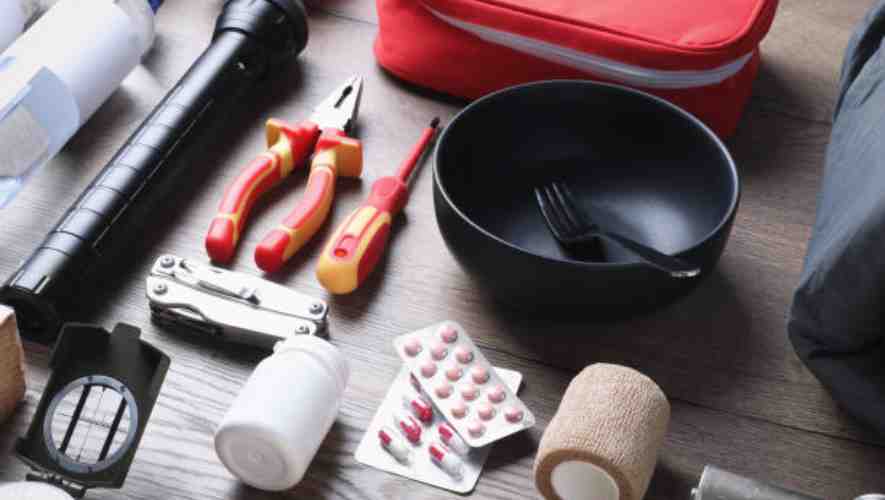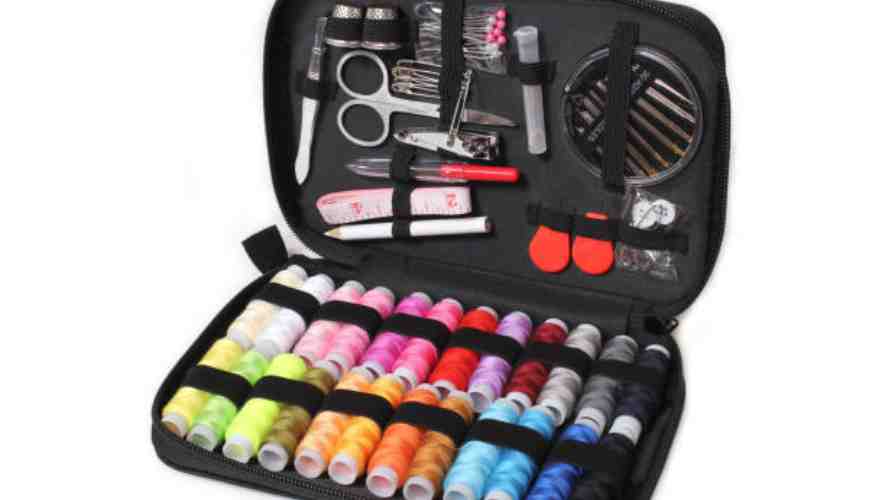When facing the daunting task of relocating, one of the biggest concerns you might have is ensuring your fragile items survive the move unscathed. Whether it’s family heirlooms, delicate glassware, or expensive electronics, the thought of them getting damaged can be stressful. This common worry is why you’re likely seeking effective strategies for packing fragile items securely.
How to Pack Fragile Items When Moving? To pack fragile items for moving, wrap each piece individually with bubble wrap, securing it with tape. Use sturdy boxes, filling empty spaces with packing peanuts or crumpled paper to prevent movement. Label boxes as “Fragile” and stack them on top, away from heavier items.
As you delve into this guide, you’ll uncover invaluable tips and methods that will transform this challenging task into a manageable one. Not only will you learn the best ways to protect your delicate belongings, but you’ll also gain peace of mind, knowing they’re packed to withstand the rigors of moving. Keep reading to equip yourself with the knowledge needed to ensure your fragile items arrive at your new home just as they left the old one.
Materials and Tools for Packing Fragile Items

Types of Packing Materials
When packing fragile items, choosing the right materials is crucial for ensuring their safety. Bubble wrap is a popular choice, offering cushioning and shock absorption. Packing peanuts fill voids in boxes, preventing items from shifting during transit.
Foam pads, on the other hand, provide firm yet gentle support, ideal for oddly shaped or especially delicate items. These materials, used individually or in combination, can significantly reduce the risk of damage.
Choosing the Right Boxes
Selecting appropriate boxes is just as important as the packing materials. Cardboard boxes are versatile and readily available, making them a standard choice for most packing needs. Plastic containers offer a more durable and moisture-resistant option, ideal for long-term storage or moves in inclement weather.
For particularly fragile or valuable items, specialty boxes designed for specific objects (like artwork or electronics) can provide the best protection, ensuring that your items remain secure and undamaged.
Essential Tools for Packing
A successful packing process requires a few essential tools. High-quality packing tape ensures that boxes are securely sealed and reinforced. Scissors or a box cutter are necessary for cutting materials to size and opening packages.
Permanent markers are crucial for labelling boxes, which helps in the organisation and unpacking process.Lastly, packing paper, either plain newsprint or specialty types, is indispensable for wrapping items, providing an additional layer of protection and preventing scratches or surface damage. Together, these tools facilitate a smooth and efficient packing experience.
Packing Techniques for Different Types of Fragile Items

Glassware and China: Wrapping and Layering Techniques
Packing glassware and china requires meticulous attention to prevent breakage. Begin by individually wrapping each item in soft, acid-free tissue paper, followed by a layer of bubble wrap for added protection.
Nestle the wrapped items in a sturdy box, ensuring they are snugly fitted with no room to move. Use packing peanuts or additional bubble wrap to fill any gaps, preventing movement during transit. This method greatly reduces the risk of chips or cracks in your delicate glassware and china.
Electronic Items: Securing Components and Preventing Static
When packing electronic items, the primary focus should be on securing loose components and shielding them from static electricity. Use anti-static bubble wrap or bags to wrap each item, as static electricity can damage electronic circuits.
For added safety, remove any batteries or detachable cables and pack them separately. Fill the box with foam inserts or anti-static peanuts to keep the items from shifting. Make sure the box is clearly labelled as ‘fragile’ to ensure careful handling during transportation.
Artwork and Mirrors: Protective Covering and Frame Support
Artwork and mirrors require special care due to their fragility and value. Wrap the items in glassine paper to protect against moisture and fingerprints, followed by a layer of bubble wrap for cushioning. For added security, consider using corner protectors on framed pieces.
Place the wrapped items in a flat, sturdy box that fits closely around them, filling any extra space with foam boards for support. This method provides a secure environment, minimising the risk of damage to your precious artwork and mirrors.
Uniquely Shaped Items: Custom Packing Strategies
Custom packing strategies are essential for uniquely shaped items to ensure their safe transport. Start by assessing the item’s shape and identifying the most vulnerable areas. Use soft padding like foam or bubble wrap to contour around the item, providing ample protection.
For extremely irregular shapes, consider a custom-built crate or box that fits the item perfectly. Fill all remaining spaces with packing materials to prevent any movement. Custom packing may require more time and resources, but it is crucial for the safe transport of these unique and often irreplaceable items.
Labelling and Organizing Packed Fragile Items When Moving

Importance of Labelling for Handling and Unpacking
Labelling plays a pivotal role in the safe transport of fragile items during a move. It ensures that everyone involved in the moving process is aware of the contents’ delicate nature, necessitating careful handling.
Proper labelling streamlines the unpacking process, allowing for quick identification and appropriate placement in the new setting. It reduces the risk of damage and loss, ensuring that fragile items reach their destination in pristine condition.
Techniques for Effective Labelling (Colour Coding, Detailed Descriptions)
Effective labelling involves clear and precise methods, such as colour coding and detailed descriptions. Colour coding enables quick visual recognition; for instance, using a bright red label for fragile items immediately alerts handlers to exercise caution.
Detailed descriptions, including contents and room destination, further aid in handling and unpacking. This technique not only minimises handling errors but also facilitates an efficient and orderly setup in the new location.
Organising Boxes for Transport (Weight Distribution, Accessibility)
The organisation of boxes is crucial for the safe transport of fragile items. Proper weight distribution ensures that boxes can be stacked without the risk of heavier boxes crushing those containing delicate items.
Additionally, placing fragile items in an accessible location within the moving vehicle allows for immediate attention and careful handling upon arrival. This strategic arrangement prevents unnecessary movement and jostling during transit, significantly reducing the likelihood of damage.
Tips for Transporting and Unloading Fragile Items

Transporting and unloading fragile items requires meticulous planning and careful handling to ensure their safety. Whether you are relocating or shipping delicate goods, it is crucial to be aware of the best practices in each stage of the process.
This guide offers comprehensive advice on loading strategies, securing items, unloading and unpacking methods, and post-move considerations, including damage checks and insurance.
Loading Strategies for Moving Vehicles
Loading fragile items into a moving vehicle is a critical first step that sets the tone for their safe transit. Begin by selecting the right packing materials, such as bubble wrap and sturdy boxes, to provide ample protection. It’s essential to strategically place heavier items at the bottom and evenly distribute weight throughout the vehicle to avoid shifting during transport.
Cushioning spaces between items with soft materials like foam or blankets can prevent movement and reduce the risk of damage. Remember, the goal is to ensure that once the vehicle is in motion, the items remain securely in place.
Securing Items During Transit (Positioning, Preventing Movement)
Securing your fragile items during transit is paramount. Utilise straps, bungee cords, or cargo nets to anchor down boxes and prevent any sliding or toppling. Pay special attention to the positioning of each item; ensure they are not in direct contact with one another to avoid scratches or breakage.
Leave no room for movement within the boxes themselves, using packing peanuts or crumpled paper to fill any gaps. Regular checks during stops can be beneficial to ensure everything remains secure, especially during long journeys or when driving through uneven terrains.
Unloading and Unpacking Best Practices
Upon reaching your destination, the unloading and unpacking process demands as much care as the loading phase. Begin by slowly and carefully removing items, starting with those on top or closest to the door. Avoid abrupt movements or stacking boxes too high while unloading.
When unpacking, do so in an organised and unhurried manner, checking each item as it’s removed for any signs of damage. This careful approach not only prevents damage during the unloading phase but also allows for a smoother transition to the final placement of your fragile items.
Post-Move Checks for Damage and Insurance Considerations
After moving, conduct a thorough inspection of all fragile items for any signs of damage. Document any damages with photographs and detailed notes, as this information can be crucial for insurance claims.
Understanding your insurance coverage beforehand is vital; ensure that it adequately covers your items for both transit and handling damages. In the event of any breakage or loss, contact your insurance provider promptly to initiate the claims process. This step is crucial to ensure you are compensated for any losses or damages incurred during the move.
Conclusion
Effectively packing fragile items for a move is all about the balance of the right materials and techniques. By following the guidance shared, you can ensure the safety of your delicate possessions.
In wrapping up, remember that the time and effort you put into packing your fragile items will pay off. While it might seem like a daunting task now, using these strategies will help you avoid the heartache of damaged belongings. My final advice? Take your time, be methodical, and don’t hesitate to invest in quality packing materials. Your future self will thank you when you’re unboxing intact, cherished items in your new home.9
Frequently Asked Question(How to Pack Fragile Items When Moving)
How do you pack fragile items to move?
To pack fragile items for moving, wrap each piece individually with bubble wrap, securing with tape. Use sturdy boxes, fill gaps with packing peanuts or crumpled paper to prevent movement, and label boxes as “Fragile” on all sides for careful handling.
How do you transport fragile items?
To transport fragile items safely, use sturdy boxes, cushion items with bubble wrap or packing peanuts, secure with packing tape, and label boxes as “Fragile.” Ensure items are snugly packed without room to move, and choose a reliable shipping service with fragile item handling.
What is the best packing material for fragile items?
The best packing material for fragile items is bubble wrap, providing excellent cushioning and protection against impacts. Foam sheets and packing peanuts are also effective for filling voids and securing items in boxes, reducing movement and potential damage during transit.
How are fragile objects packed?
Fragile objects are packed using protective materials such as bubble wrap, foam padding, or packing peanuts. These materials cushion and protect the items from shocks and vibrations during transport. Objects are often placed in sturdy, appropriately sized boxes and labeled as fragile to ensure careful handling.


